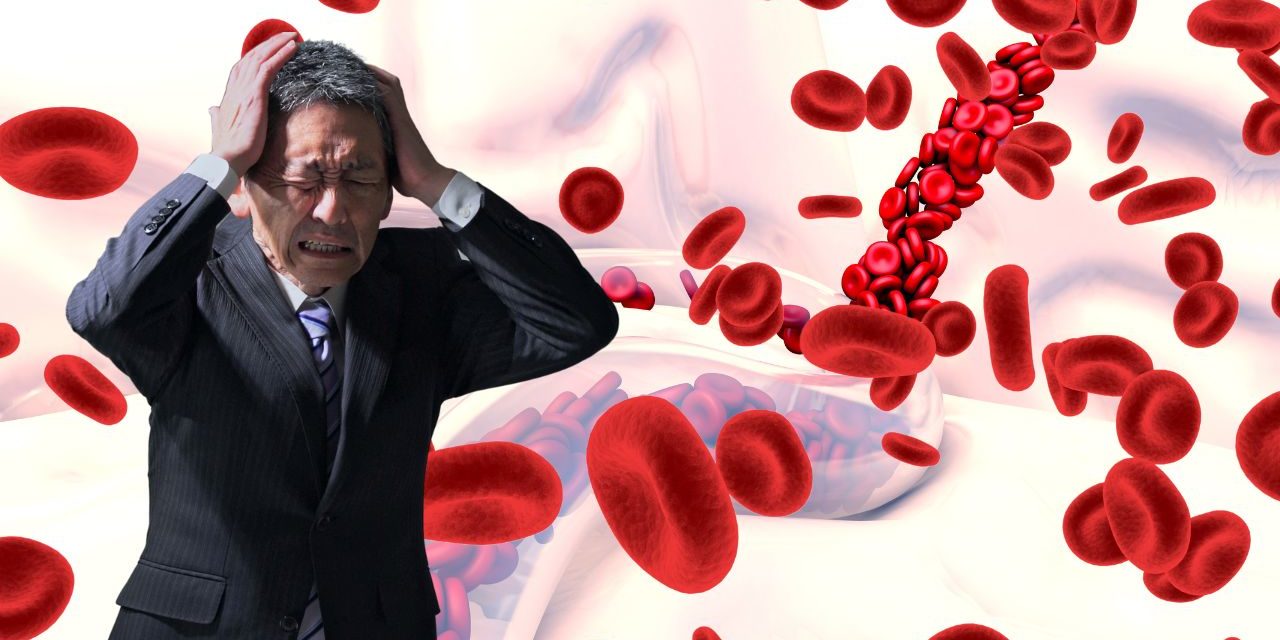Introduction
Hemorrhage is a medical term used to describe bleeding from blood vessels due to injury, trauma, or underlying medical conditions. It can occur internally or externally and ranges in severity from minor to life-threatening. Hemorrhage can have various causes and can affect different parts of the body. In this article, we will provide a comprehensive overview of hemorrhage, including its types, potential causes, impact on individuals, and available treatment approaches. By fostering awareness and knowledge, we aim to support those affected by hemorrhage and promote prompt medical attention for timely intervention.
Understanding Hemorrhage
Hemorrhage is the abnormal and excessive loss of blood from blood vessels. It can occur due to injury, disease, or certain medical conditions, and can be classified into internal or external hemorrhage, depending on whether the bleeding occurs inside the body or externally.
Types of Hemorrhage
- External Hemorrhage: External hemorrhage involves bleeding visible from the outside, such as cuts, wounds, or injuries.
- Internal Hemorrhage: Internal hemorrhage occurs inside the body and may not be immediately visible. It can result from trauma, organ damage, or medical conditions affecting blood vessels.
Potential Causes of Hemorrhage
- Trauma or Injury: Hemorrhage can result from accidents, falls, or other traumatic events causing damage to blood vessels.
- Medical Conditions: Certain medical conditions, such as hemophilia, liver disease, or aneurysms, can predispose individuals to hemorrhage.
- Surgery or Procedures: Hemorrhage can occur as a complication of surgical procedures or medical interventions.
Impact on Individuals
The impact of hemorrhage depends on the location and severity of the bleeding. Mild hemorrhage may result in localized pain and swelling, while severe hemorrhage can lead to life-threatening conditions, shock, and organ failure.
Seeking Emergency Medical Attention
If an individual experiences severe bleeding, rapid heartbeat, dizziness, or signs of shock, seeking immediate emergency medical attention is critical. Prompt medical intervention can be life-saving.
Treatment Approaches for Hemorrhage
- Direct Pressure: Applying direct pressure to the bleeding site can help control external hemorrhage.
- Tourniquet: In cases of severe bleeding from an extremity, a tourniquet may be applied to restrict blood flow until medical help arrives.
- Medications: In some cases, medications may be administered to promote blood clotting and control bleeding.
- Surgery: Surgical intervention may be necessary to stop internal bleeding and repair damaged blood vessels or organs.
- Blood Transfusion: Severe hemorrhage may require blood transfusion to replace lost blood and maintain blood pressure.
Recovery and Follow-up Care
After hemorrhage, individuals may require follow-up care, rest, and rehabilitation to recover fully. In some cases, ongoing medical management may be necessary to address underlying conditions that contributed to the bleeding.
Result
Hemorrhage is a medical emergency that can range from minor to life-threatening. Understanding the types, potential causes, and treatment approaches for hemorrhage is crucial for early recognition and intervention. Seeking immediate medical attention for severe bleeding or signs of shock is vital for ensuring the best possible outcome. Treatment approaches, such as direct pressure, tourniquets, medications, surgery, and blood transfusions, play a critical role in controlling bleeding and supporting recovery. Together, let us prioritize awareness and prompt action, so that individuals affected by hemorrhage receive the timely care and support they need to overcome this medical challenge and regain their health and well-being.










